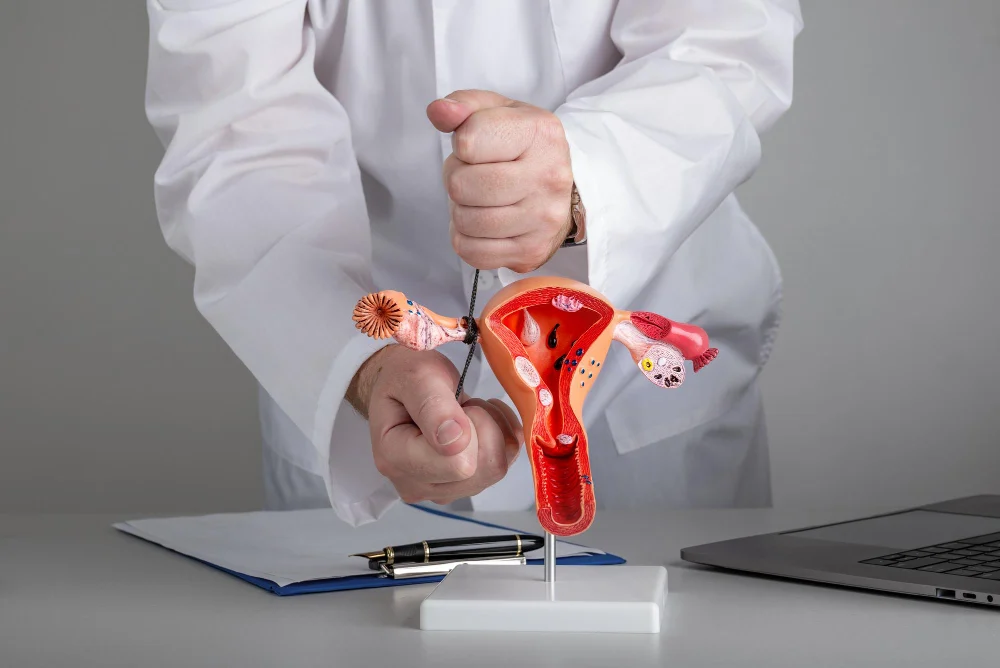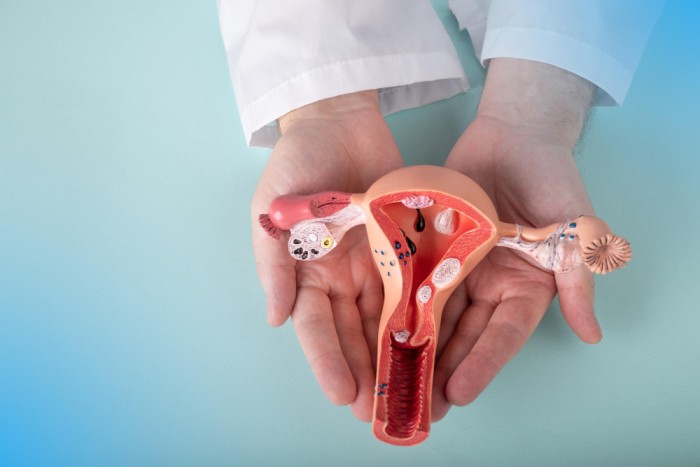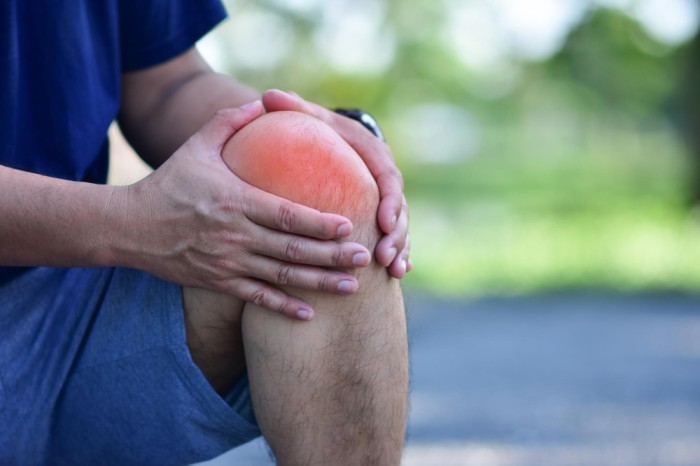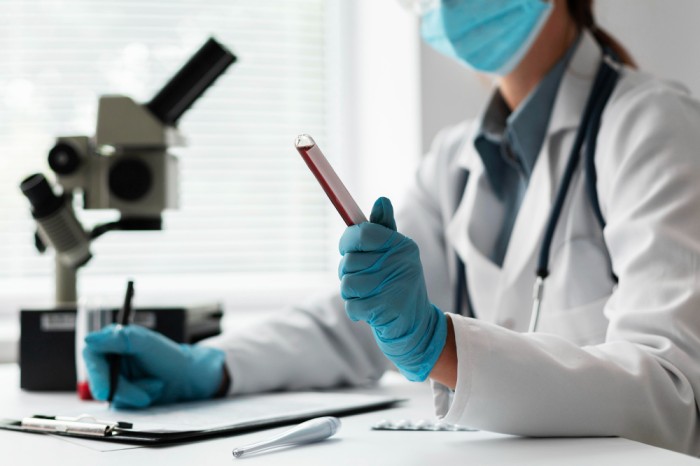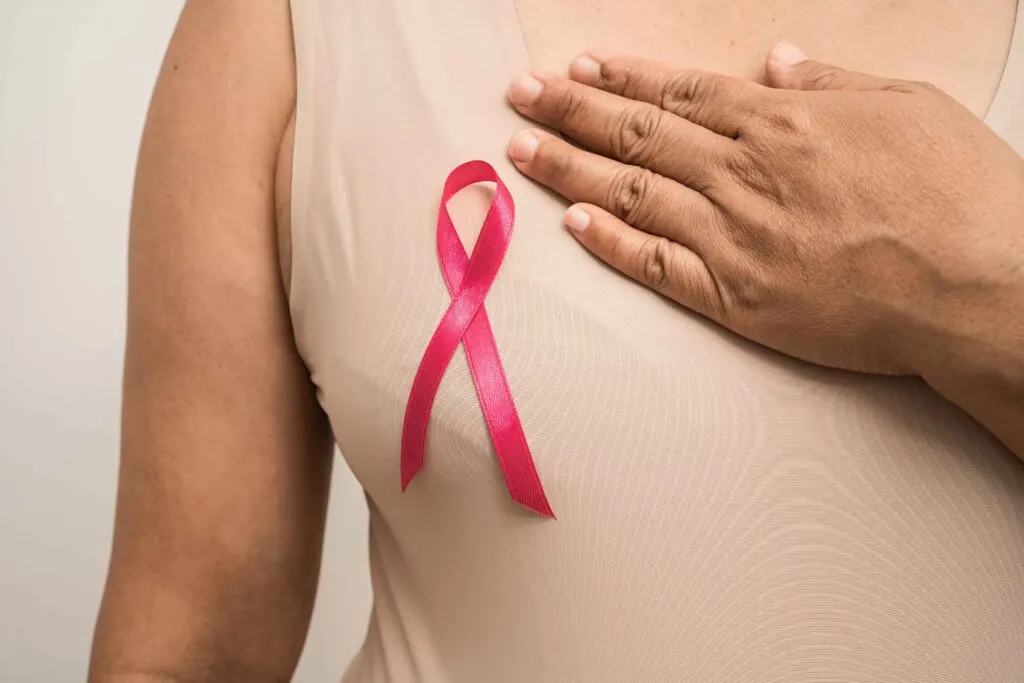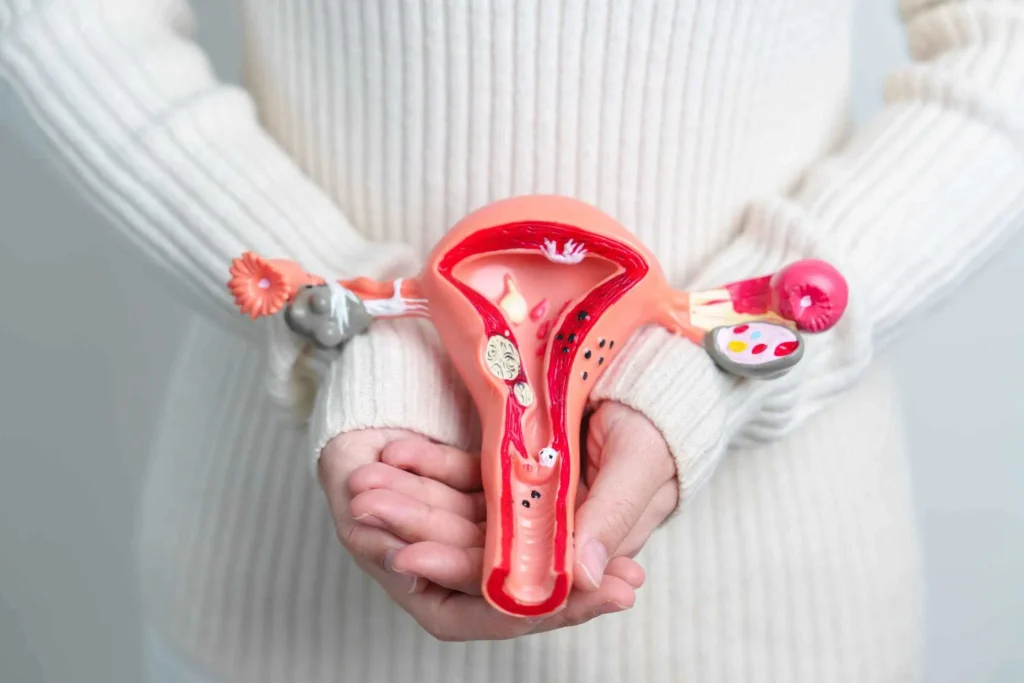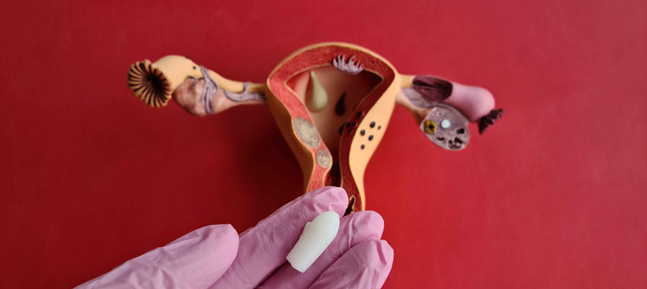Menopause Management: Expert Care at Srinivas Priya Hospital’s Women’s Health Clinic
Menopause is a natural phase in every woman’s life — but that doesn’t mean it has to be uncomfortable or overwhelming. At Srinivas Priya Hospital’s Women’s Health Clinic in Perambur, we offer expert menopause management that supports you through every physical, emotional, and hormonal change. Whether you’re entering perimenopause or are well into your postmenopausal years, our care is designed to help you feel confident, healthy, and in control. Understanding Menopause and Its Symptoms Menopause typically occurs between the ages of 45 and 55, marking the end of a woman’s reproductive years. It’s diagnosed when a woman hasn’t had a menstrual period for 12 consecutive months. However, the transition into menopause — known as perimenopause — can begin years earlier, and may come with a variety of symptoms. Common Symptoms of Menopause Irregular or missed periods Hot flashes and night sweats Mood swings or irritability Vaginal dryness and discomfort Uro genital problems like urine leak, vaginal discharge, sexual pain and vulval burning sensation Difficulty sleeping (insomnia) Fatigue and lack of energy Weight gain, especially around the abdomen Decreased libido Joint pain and stiffness While these changes are normal, they can be disruptive to everyday life. At Srinivas Priya Hospital, we believe women deserve personalized care that not only relieves symptoms but empowers them through this new chapter. Our Approach to Menopause Management At our Women’s Health Clinic, we provide comprehensive and compassionate menopause care that is tailored to your unique needs. Our team includes Cosmetic gynaecologist who ensures sexual health and satisfaction by addressing Uro genital problems affecting intercourse, bowel and bladder habits, Endocrine Physician and Cardiologist to control co morbid Hypertension, Diabetes and Ischaemic heart disease which is common postmenopausal age, Orthopaedicexpert who helps in mobility and osteoporosis and Gynaec oncologist to prevent breast and uterine cancer. Holistic care is at the heart Srinivas Priya Hospital’s Menopause Management. 1. Thorough Evaluation and Hormonal Testing Every woman’s menopause journey is different. We begin by listening carefully to your symptoms, health history, and concerns. Based on your profile, we may recommend: Hormone level testing (FSH, LH, estrogen, thyroid) Bone mineral density scans (DEXA) to assess osteoporosis risk Blood sugar and cholesterol screening Pelvic exams or ultrasound, if needed This helps us get a complete picture of your health and guide the most effective treatment plan. 2. Hormone and Non-Hormone Therapies Depending on your symptoms and overall health, our doctors may suggest one or more of the following options: Hormone Replacement Therapy (HRT) o relieve hot flashes, vaginal dryness, and mood changes Non-hormonal medications or women who cannot take HRT Calcium and vitamin D supplements to support bone health Topical treatments for vaginal dryness Sleep and anxiety support medications if necessary All treatments are explained thoroughly, and we help you weigh the risks and benefits based on your individual profile. 3. Lifestyle and Nutrition Counseling Lifestyle plays a major role in managing menopause symptoms. Our in-house dietitians and fitness advisors help you make practical changes that can dramatically improve your quality of life, including: Nutrient-rich, hormone-balancing diet plans Simple weight management routines Bone health-focused fitness plans Guidance on reducing caffeine, alcohol, and sugar Stress management tools like yoga and breathing techniques 4. Mental Health and Emotional Support Mood swings, anxiety, and low self-esteem are common but often overlooked symptoms of menopause. Our compassionate counselors provide: One-on-one emotional support sessions Coping strategies for anxiety and depression Group sessions or family education, if needed We help you understand that you’re not alone, and you’re not “just being moody” — these are real changes that deserve real support. Why Women in Perambur Trust Srinivas Priya Hospital For years, Srinivas Priya Hospital has been a pillar of women’s healthcare in Perambur, serving patients from Kolathur, Sembium, Madhavaram, and nearby neighborhoods. What sets our Women’s Health Clinic apart is our commitment to affordable, patient-first, and stigma-free care.Our menopause care services are: Delivered by experienced who truly listen Supported by lab, diagnostic, and pharmacy facilities under one roof Personalized for Indian women, their lifestyle, and cultural needs Confidential and non-judgmental It’s Time to Put Your Health FirstMenopause is not the end — it’s the beginning of a new phase that can be full of strength, wisdom, and well-being. With the right care, this transition doesn’t have to be difficult.Call us today to book an appointment with our Women’s Health Clinic. Let Srinivas Priya Hospital help you navigate menopause with confidence, care, and clarity.

